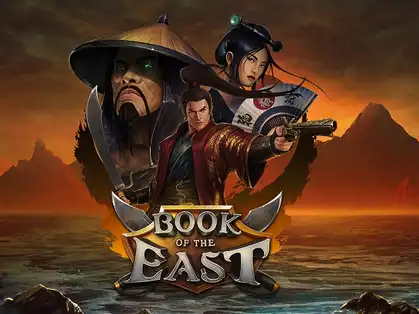Love is a complex and multifaceted emotion that transcends boundaries and definitions. In today’s society, our understanding of love has evolved to encompass a broad spectrum of sexual orientations, reflecting the diverse tapestry of human identities and experiences. This article delves into the intricate landscape of sexual orientations, celebrating the richness of human relationships and shedding light on the significance of embracing diversity.
Introduction
Love is an intricate tapestry woven from the threads of human connection, emotion, and intimacy. In the modern world, our understanding of love has expanded beyond traditional norms to encompass a diverse array of sexual orientations, each with its own unique narrative and significance.
Defining Sexual Orientations
Sexual orientation refers to an individual’s enduring emotional, romantic, or sexual attraction to people of the same and/or different genders. It is a fundamental aspect of human identity, shaping the way we perceive ourselves and relate to others.
The Binary Paradigm and its Limitations
For centuries, society has often adhered to a binary understanding of sexual orientations: heterosexuality and homosexuality. However, this binary framework fails to capture the complexity of human desire and attraction.
The Spectrum Unveiled: Beyond Heterosexuality and Homosexuality
The spectrum of sexual orientations extends far beyond the confines of the binary. People identify as bisexual, pansexual, asexual, genderqueer, and more, each orientation contributing to the beautifully diverse mosaic of human relationships.
Understanding Bisexuality: Love Without Gender Boundaries
Bisexuality is characterized by the capacity for emotional, romantic, and sexual attraction to people of more than one gender. It challenges societal norms and fosters a deeper understanding of the fluidity of human desire.
Pansexuality: Embracing Love Beyond the Binary
Pansexuality transcends traditional notions of gender and embraces the potential for attraction to individuals regardless of their gender identity. It celebrates the vast spectrum of human beauty and connection.
Asexuality: Love in a Different Form
Asexuality is a unique orientation where individuals experience a lack of sexual attraction to others. It underscores the diverse ways in which people can experience love and connection beyond the physical realm.

Navigating Identity: Challenges and Triumphs
Individuals navigating different sexual orientations often face challenges in a society that may not fully understand or accept their identities. Yet, their journeys are marked by resilience, self-discovery, and the pursuit of authentic love.
Love Knows No Age: Exploring Gerontophilia and Age-Disparate Relationships
Age-disparate relationships, such as gerontophilia, challenge societal norms surrounding age and love. These relationships reveal the profound emotional connections that can form across generations.
Fluidity in Motion: Genderqueer and Genderfluid Relationships
Genderqueer and genderfluid individuals embrace the fluidity of gender identity and expression. Their relationships challenge conventional expectations and provide a fresh perspective on love’s boundless possibilities.
Intersex Identities and Love’s Complexity
Intersex individuals, born with variations in sex characteristics, navigate unique paths in the realm of love and intimacy. Their stories emphasize the importance of understanding and compassion.
The Intersection of Culture and Sexual Orientation
Culture plays a significant role in shaping attitudes towards different sexual orientations. Exploring love stories across cultures highlights the diversity of experiences and challenges that individuals face.
Breaking Stereotypes: Love Stories that Inspire
Throughout history, countless love stories have defied stereotypes and societal expectations. These stories serve as a testament to the enduring power of love to overcome adversity and prejudice.
The Role of Allies in Fostering Inclusivity
Allies play a crucial role in advocating for and supporting individuals of diverse sexual orientations. Their efforts contribute to a more inclusive and compassionate society.
Empowering Conversations: Educating for Acceptance
Conversations surrounding sexual orientations and love are essential for fostering understanding and acceptance. Education and open dialogue pave the way for a world where love knows no bounds.
Conclusion
In a world brimming with diverse identities and orientations, love finds its way into the hearts of individuals regardless of societal norms. The spectrum of sexual orientations enriches our collective human experience, teaching us that love is a force that transcends categories and connects us all.
FAQs
- What is sexual orientation? Sexual orientation refers to an individual’s enduring emotional, romantic, or sexual attraction to people of the same and/or different genders.
- Is bisexuality the same as pansexuality? While both orientations involve attraction to multiple genders, bisexuality may be attracted to specific genders, whereas pansexuality is attraction regardless of gender.
- What is asexuality? Asexuality is an orientation characterized by a lack of sexual attraction to others.
- How can allies support individuals with diverse sexual orientations? Allies can support individuals by advocating for inclusivity, challenging stereotypes, and engaging in open conversations.
- Why are conversations about sexual orientation important? Conversations about sexual orientation promote understanding, empathy, and acceptance, fostering a more inclusive society.
